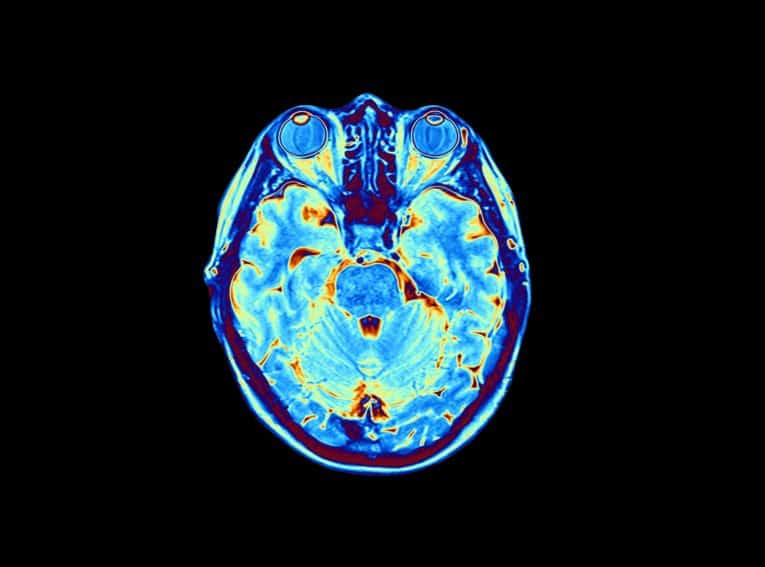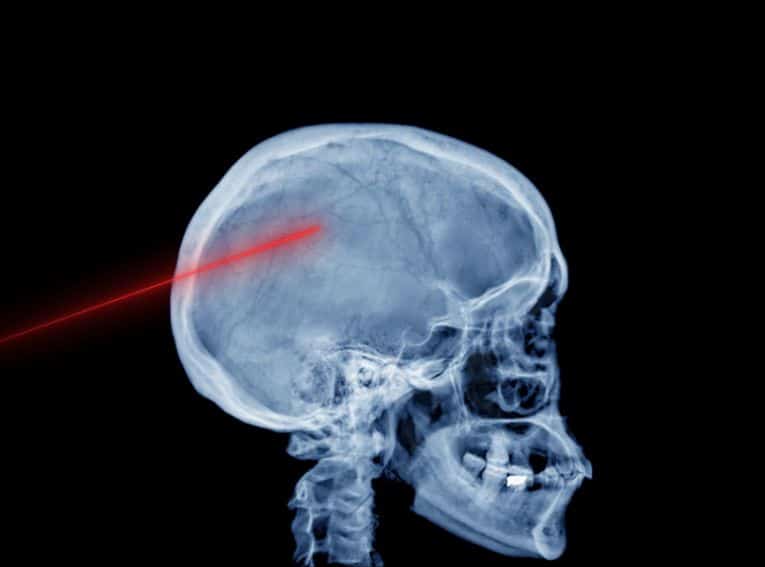
Procedures We Perform
Anterior Lumbar Interbody Fusion
Anterior lumbar interbody fusion (ALIF) is a surgical procedure performed to alleviate persistent lumbar pain, or pain in the lower region of the back. Currently one of the most frequently used spinal fusion techniques, ALIF is performed from the anterior of the spine through the abdomen. Interbody fusion refers to the removal of an intervertebral disc, which is replaced with a bone spacer during the fusion process. This method of anterior incision is chosen when the targeted area of the spine is closer to the front of the body or when the level of instability present is not too great. A major advantage of anterior entry is that a larger implant can be incorporated into the procedure.
Reasons for ALIF
ALIF is performed to treat nerve compression and its associated pain. Such compression of spinal nerves may occur as a result of:
- Disc degeneration
- Abnormal curvatures of scoliosis or kyphosis
- Fracture of one or more vertebrae
- Spondylolisthesis, slippage of one vertebra over another
- Spinal stenosis
- Spinal instability
Patients with persistent low back pain, which often radiates down the leg, may be candidates for ALIF if more conservative treatments, such as rest, non-steroidal anti-inflammatories (NSAIDs), physical therapy and corticosteroid injections, have not been effective in relieving their symptoms.
The ALIF Procedure
The ALIF procedure is performed under general anesthesia with the patient lying face up on an operating table. The surgeon makes an incision on the side of the abdomen near the affected area. The muscles of the back and the nerves do not need to be moved from this approach. The injured disc and any bone spurs or other debris are removed. A bone graft or some bone morphogenetic protein (BMP), an FDA-approved substance that helps to stimulate bone growth, is then attached to connect the affected discs. Any necessary devices to ensure spinal stability as the vertebrae fuse are also implanted.
BMP, discovered in the 1960s, is a protein extract found naturally in the body which can also be created artificially. Its use represents an advancement over previous surgeries, since in assists bone fusion and often eliminates the need for either extracting a bone graft from the patient or using a donor bone graft.
Recovery from ALIF
Patients usually have a smooth recovery from ALIF. After the procedure, they normally remain in the hospital for 3 to 5 days and are able to resume their activities after 6 to 8 weeks. Patients are advised to avoid bending and stretching for 8 weeks and may be restricted from strenuous exercise for a somewhat longer period, depending on their particular circumstances. Patients have to refrain from driving for as long as they require prescribed pain medication. ALIF carries the same risks as other surgical procedures, including risks of excessive bleeding, damage to adjacent tissue, breathing difficulties and adverse reactions to anesthesia or medications.
Welcome to the office of neurosurgeon Dr. Vikas Rao, where your health comes first. Below are some of the neurosurgical treatments that we offer in Mission Viejo, CA:
Contact us today
Your concerns are important to us, and we want to make sure all of your questions are answered so you understand your options. Please contact our office with any questions, and our team will be happy to assist you.
Give us a call
We're open to serve
Book an appointment
Our doctor and staff are devoted to our patients. Please fill out the form below with any questions or to schedule an appointment and our team will get back to you within 24 to 48 hours.





